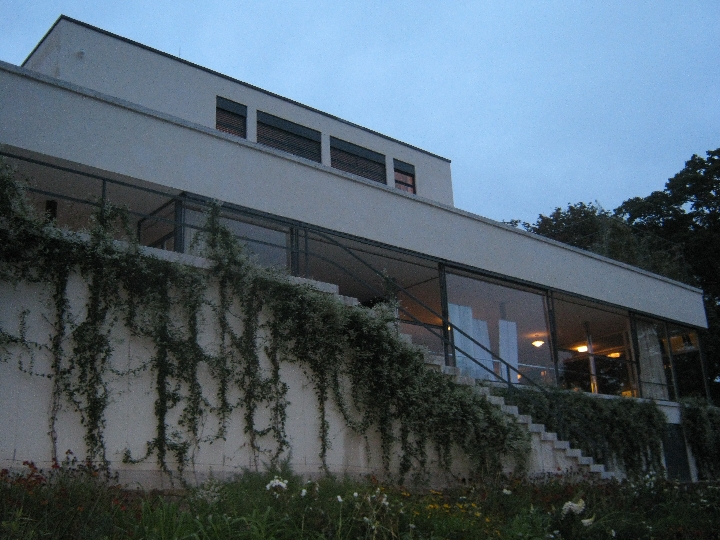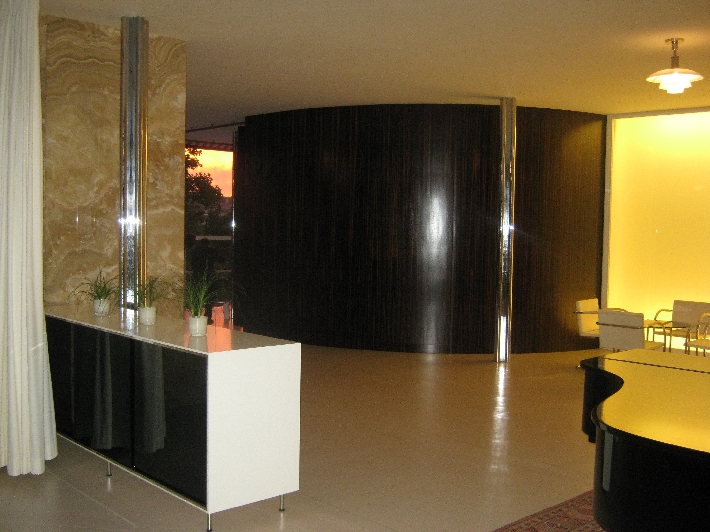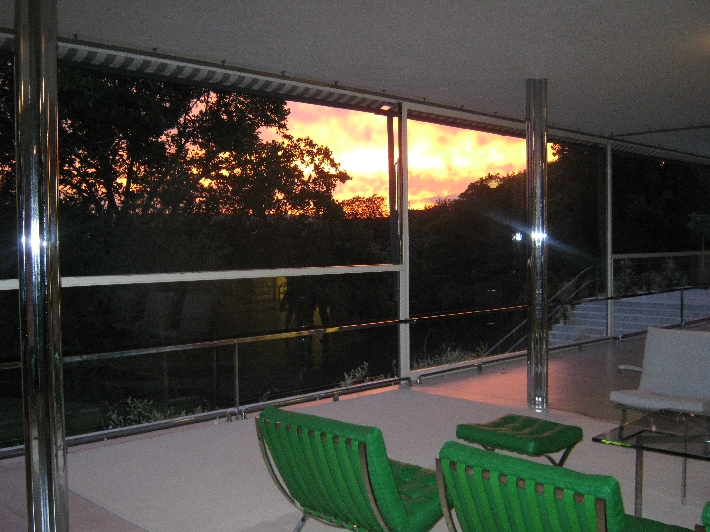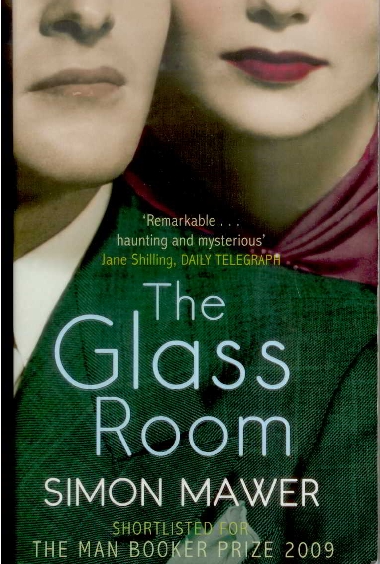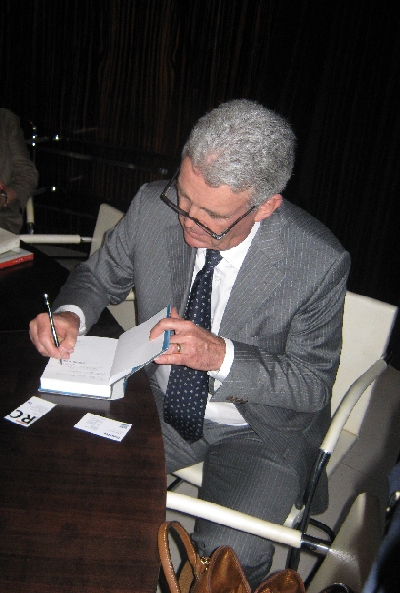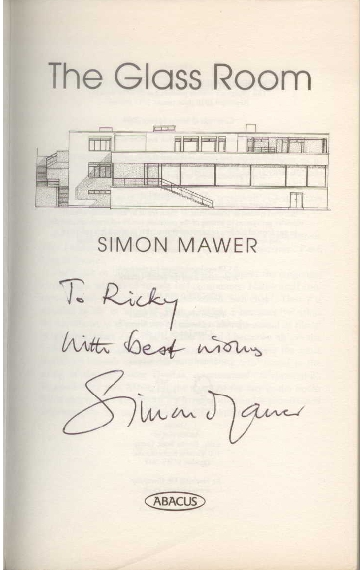
I have to admit that I much prefer it when Easter Day falls well on into April, as it did this year, rather than being in late March as it was in 2013, when I experienced a ‘White Easter’ in Brno. The warm Spring weather we have enjoyed in Prague in recent weeks, has brought all nature alive in a whole variety of colours, which in its own way, does speak of the new risen life of Jesus that we celebrate at Easter.
After the most pleasurable surprise on Palm Sunday, of a congregation almost twice as large as on a normal Sunday, I was also pleased that the number attending on Maundy Thursday evening, was larger than it has been in previous years. Our Good Friday evening devotional service was notable for a couple of things – a reflection on the Cross of Christ by my Licensed Reader Jack Noonan, which you can listen to and read here; and my accidental omission of the final Bible Reading, John 19. 38-42, meaning that I failed to have Jesus laid to rest in the tomb!
With 2014 being my sixth Easter in the Czech Republic, I knew from past experience that our Easter Day congregation would be likely to be in the region of one hundred. The other fairly accurate indicator of attendance is always the number of hits that the Church website receives during Holy Week. This year, these ranged from between two and five times the average daily level, though admittedly, some would be the regular congregation wanting to listen to Jack’s Good Friday sermon, or even to mine from Palm Sunday 🙂
Upon arriving at Church with Sybille, at around 10.20, we almost immediately started the task of assuring arriving foreign visitors that, ‘Yes – you are at the right place for Easter Day worship in English. But no – you cannot go into Church yet. You must wait outside here with us, until the Czech service has ended’. This has then to be followed by explaining that the Church building does not belong to us but to the Kliment congregation of the Ceskobratrská církve evangelické, the main Czech Protestant Church, and that they worship at 9.30 each Sunday, in advance of our service at 11.00.
As in previous years, the clear indication that the Czech service was coming to an end, was hearing the organ strike up with the hymn tune Maccabaeus by Georg Friedrich Händel, with the congregation giving good voice to the Czech translation of ‘Thine be the glory’. Only when a reasonable proportion of the Czech congregation had come out of the Church, could I and those helping with welcoming, move in and start getting the Church set up for our Sung Eucharist. Altogether we got about twenty minutes which was better than in one or two past years!
This year, we started Easter Day worship in a different way, with Celieta Lefeste coming out of the vestry, dressed as Mary Magdelene, and singing ‘Where have they taken my Jesus?’, accompanied by her husband Larry on the organ. You can listen and see her solo in this video.
I then gave the Easter greeting which answered her question. ‘Alleluia. Christ is risen. He is risen indeed. Alleluia.
It was a great privilege to have both of my ministerial colleagues helping with our Easter Day worship. Licensed Reader Jack Noonan led our intercessions whilst American Presbyterian Minister Karen Moritz, read the first Bible Reading. Together, they then administered our two chalices at the distribution of the sacrament. The photograph at the beginning of this post was posed at the Church door, following the service. Karen has previously joked that when she & I are both robed, we look like the black sheep and the white sheep. With Jack in his black cassock, white surplice and light blue Reader scarf, he must be the the black, white and blue sheep 🙂
The official head count was that one hundred and thirteen people were present at worship. Around half were members of the regular congregation, including a few stray sheep that we hadn’t seen for sometime. The rest were visitors – mainly Americans, (there was a joke amongst them as to how many of the fifty states were represented), together with some Brits. Overall, at least fifteen nationalities were present in the congregation.
After refreshments and fellowship at Coffee Hour, I then jumped in the ‘Carly’ and headed off down the D1 – the Prague-Brno motorway, in order to celebrate Holy Communion for Easter with our Brno congregation. Our evening service there was the first to be held in the Brno congregation’s new home, after we were told with very little notice, that from the end of March, we could no longer use our previous venue belonging to the Czechoslovak Hussite Church, because of the change in time of the host congregation’s service.
The Brno Anglican congregation’s new home belongs to the Jesuits and is known as ‘The Upper Room’. As one of the congregation remarked in an email reply to me, it was most appropriate that our first service in ‘The Upper Room’ was on Easter Day! I promise a further post about Brno, including some photographs, after our next service there on Sunday 4th May. In the meantime, full details can be found here on the Brno page of our website.








